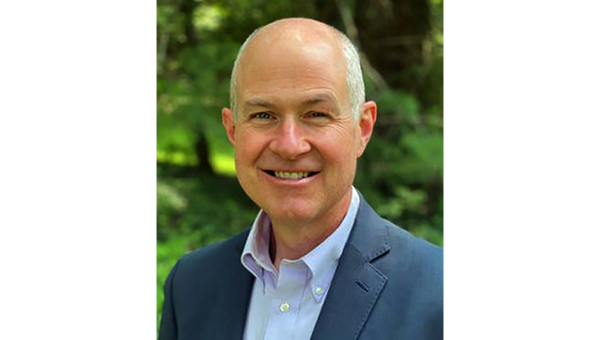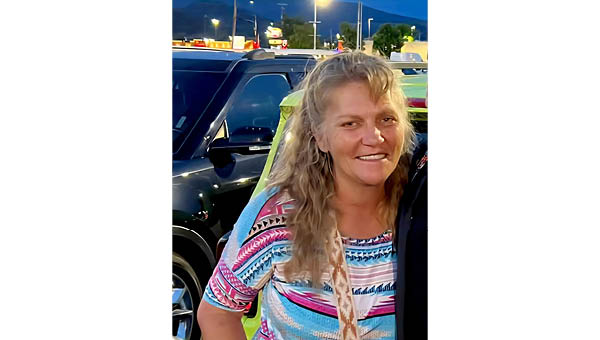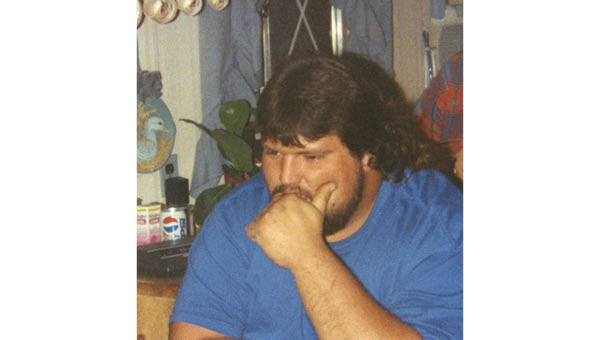Local cemeteries are our history; they need to be preserved
Published 10:41 am Tuesday, November 14, 2023
|
Getting your Trinity Audio player ready...
|
Veterans Day was celebrated this past weekend, and in many cemeteries the graves of veterans are marked with flags.
There are famous cemeteries like Arlington and Gerrysburg, and there are VA Cemeteries such as the one at Mountain Home dedicated to veterans. Then, there are community cemeteries, church graveyards, and family cemeteries. In all are buried the remains of soldiers from all wars.
As we walk through these cemeteries we feel the solitude and history of those who came before all of us. Cemeteries are more than just a burial place, they are places of history, they contain stories of men and women, who have lived and died. They are just everyday people – names etched on a stone. They are our ancestors.
Call it a cemetery, a graveyard, a church yard, a burial ground or just a plot of ground, it’s hopefully where we all end up.
Of course, some are buried at the bottom of the world’s various oceans and seas, having given their lives for their countries in wars.
Locally, some of the city’s first leaders are buried in the old Green Hill Cemetery off Elk Avenue, others in the Highland Cemetery, which is located high on a hill south of the Old Stateline Road overlooking Elizabethton. In more recent times, many have been buried at Happy Valley Memorial Park.
Graveyards can tell you a lot about a town’s settlement, the socioeconomic status of various citizens. Who has the biggest or fanciest headstones? Personal stories: a graveyard can give you what death certificates and census records cannot.
At their core, cemeteries are public records. Headstones document who lived where, when, and, if we’re lucky, a bit of detail about how they spent their days. Taken collectively, the stones provide insights into a community’s larger history through tales of migration, epidemics, and changing family structures.
Cemeteries are more accessible than other archives; they are spaces that anyone can “read,” outside the restrictive walls of the academy or museum. You see, graveyards of some type, which have been with us for eons, are chapters in our history – our family history, our community and our world’s history.
Every headstone in cemeteries across our nation and around the globe tells a story. They are the solemn keepers of memories and lives past.
The letters etched upon those stones are the names of mothers, fathers, wives, husbands, daughters and sons. Far too many lived short lives – fighting and dying for the peace, freedom and opportunities we enjoy as Americans.
Whenever I walk through the sacred grounds of our cemeteries, I pause and read the names aloud, my way of ensuring I never forget the ultimate sacrifice of these men and women, whether they were a soldier, a city or county leader, a farmer, a nurse, a janitor, secretary, ditchdigger, or an industrial worker. They all had a story to tell.
Too many of our small community and family cemeteries have been neglected. Some are overgrown with weeds, others have broken headstones, sunken graves, etc.
Lest we forget, there’s a lot of history to be gleaned from our local cemeteries and we need to preserve them.





